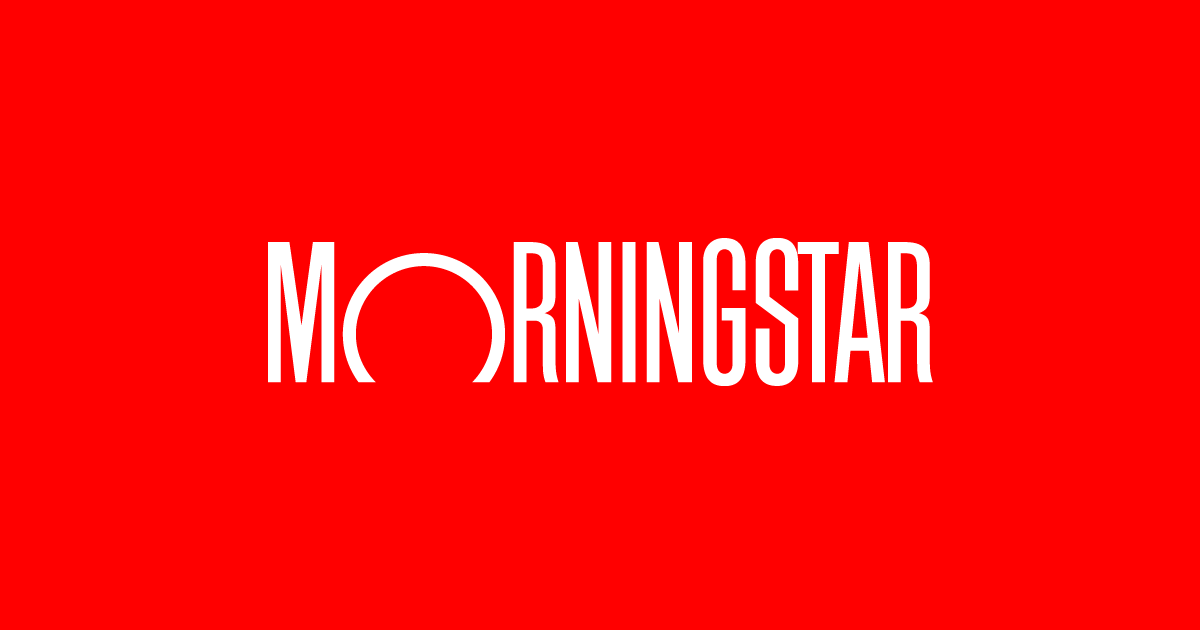- GBP/USD consolidates weekly gains near 1.3450 in the European session on Friday.
- The BoE vote-split boosted Pound Sterling on Thursday.
- The near-term technical outlook points to overbought conditions.
GBP/USD stays in a consolidation phase near 1.3450 after rising more than 0.6% on Thursday. The pair’s near-term technical outlook suggests that there could be a downward correction before the next leg higher.
British Pound PRICE This week
The table below shows the percentage change of British Pound (GBP) against listed major currencies this week. British Pound was the strongest against the Japanese Yen.
| USD | EUR | GBP | JPY | CAD | AUD | NZD | CHF | |
|---|---|---|---|---|---|---|---|---|
| USD | -0.38% | -1.16% | 0.33% | -0.36% | -0.66% | -0.76% | 0.33% | |
| EUR | 0.38% | -0.74% | 0.72% | 0.03% | -0.41% | -0.39% | 0.71% | |
| GBP | 1.16% | 0.74% | 1.49% | 0.77% | 0.32% | 0.35% | 1.45% | |
| JPY | -0.33% | -0.72% | -1.49% | -0.68% | -1.13% | -1.09% | 0.17% | |
| CAD | 0.36% | -0.03% | -0.77% | 0.68% | -0.47% | -0.40% | 0.68% | |
| AUD | 0.66% | 0.41% | -0.32% | 1.13% | 0.47% | 0.03% | 1.13% | |
| NZD | 0.76% | 0.39% | -0.35% | 1.09% | 0.40% | -0.03% | 1.08% | |
| CHF | -0.33% | -0.71% | -1.45% | -0.17% | -0.68% | -1.13% | -1.08% |
The heat map shows percentage changes of major currencies against each other. The base currency is picked from the left column, while the quote currency is picked from the top row. For example, if you pick the British Pound from the left column and move along the horizontal line to the US Dollar, the percentage change displayed in the box will represent GBP (base)/USD (quote).
Pound Sterling gathered strength against its rivals on Thursday after the Bank of England announced that it decided to lower the policy rate by 25 basis points (bps) by a slim 5-4 majority following a second round of voting. Markets were expecting only two members of the Monetary Policy Committee (MPC) to vote for a policy hold.
In the post-meeting press conference, BoE Governor Andrew Bailey said that it is important that they do not cut the policy rate too quickly or too much, further supporting Pound Sterling.
Reflecting the broad-based GBP strength, EUR/GBP fell 0.6%, while GBP/JPY rose 0.5% on Thursday.
The economic calendar will not offer any high-tier data releases on Friday. Profit-taking toward the end of the European session could cause GBP/USD to correct lower. On a weekly basis, the pair is up more than 1%.
Nevertheless, in case risk flows dominate the action in financial markets in the American session, the US Dollar (USD) could struggle to find demand and help GBP/USD keep its footing.
GBP/USD Technical Analysis

GBP/USD broke above the upper limit of the descending regression channel and cleared the 100-period Simple Moving Average (SMA) on the 4-hour chart. However, the Relative Strength Index (RSI) remains above 70, suggesting that the pair remains technically overbought and could edge lower before the next leg higher.
On the downside, 1.3385-1.3400 (100-period SMA, Fibonacci 38.2% retracement of the downtrend) could be seen as the first support area before 1.3310-1.3290 (50-period SMA, Fibonacci 23.6% retracement).
Looking north, the immediate resistance could be spotted at 1.3460 (Fibonacci 50% retracement) ahead of 1.3500 (200-period SMA, round level) and 1.3530 (Fibonacci 61.8% retracement).
Pound Sterling FAQs
The Pound Sterling (GBP) is the oldest currency in the world (886 AD) and the official currency of the United Kingdom. It is the fourth most traded unit for foreign exchange (FX) in the world, accounting for 12% of all transactions, averaging $630 billion a day, according to 2022 data.
Its key trading pairs are GBP/USD, also known as ‘Cable’, which accounts for 11% of FX, GBP/JPY, or the ‘Dragon’ as it is known by traders (3%), and EUR/GBP (2%). The Pound Sterling is issued by the Bank of England (BoE).
The single most important factor influencing the value of the Pound Sterling is monetary policy decided by the Bank of England. The BoE bases its decisions on whether it has achieved its primary goal of “price stability” – a steady inflation rate of around 2%. Its primary tool for achieving this is the adjustment of interest rates.
When inflation is too high, the BoE will try to rein it in by raising interest rates, making it more expensive for people and businesses to access credit. This is generally positive for GBP, as higher interest rates make the UK a more attractive place for global investors to park their money.
When inflation falls too low it is a sign economic growth is slowing. In this scenario, the BoE will consider lowering interest rates to cheapen credit so businesses will borrow more to invest in growth-generating projects.
Data releases gauge the health of the economy and can impact the value of the Pound Sterling. Indicators such as GDP, Manufacturing and Services PMIs, and employment can all influence the direction of the GBP.
A strong economy is good for Sterling. Not only does it attract more foreign investment but it may encourage the BoE to put up interest rates, which will directly strengthen GBP. Otherwise, if economic data is weak, the Pound Sterling is likely to fall.
Another significant data release for the Pound Sterling is the Trade Balance. This indicator measures the difference between what a country earns from its exports and what it spends on imports over a given period.
If a country produces highly sought-after exports, its currency will benefit purely from the extra demand created from foreign buyers seeking to purchase these goods. Therefore, a positive net Trade Balance strengthens a currency and vice versa for a negative balance.







